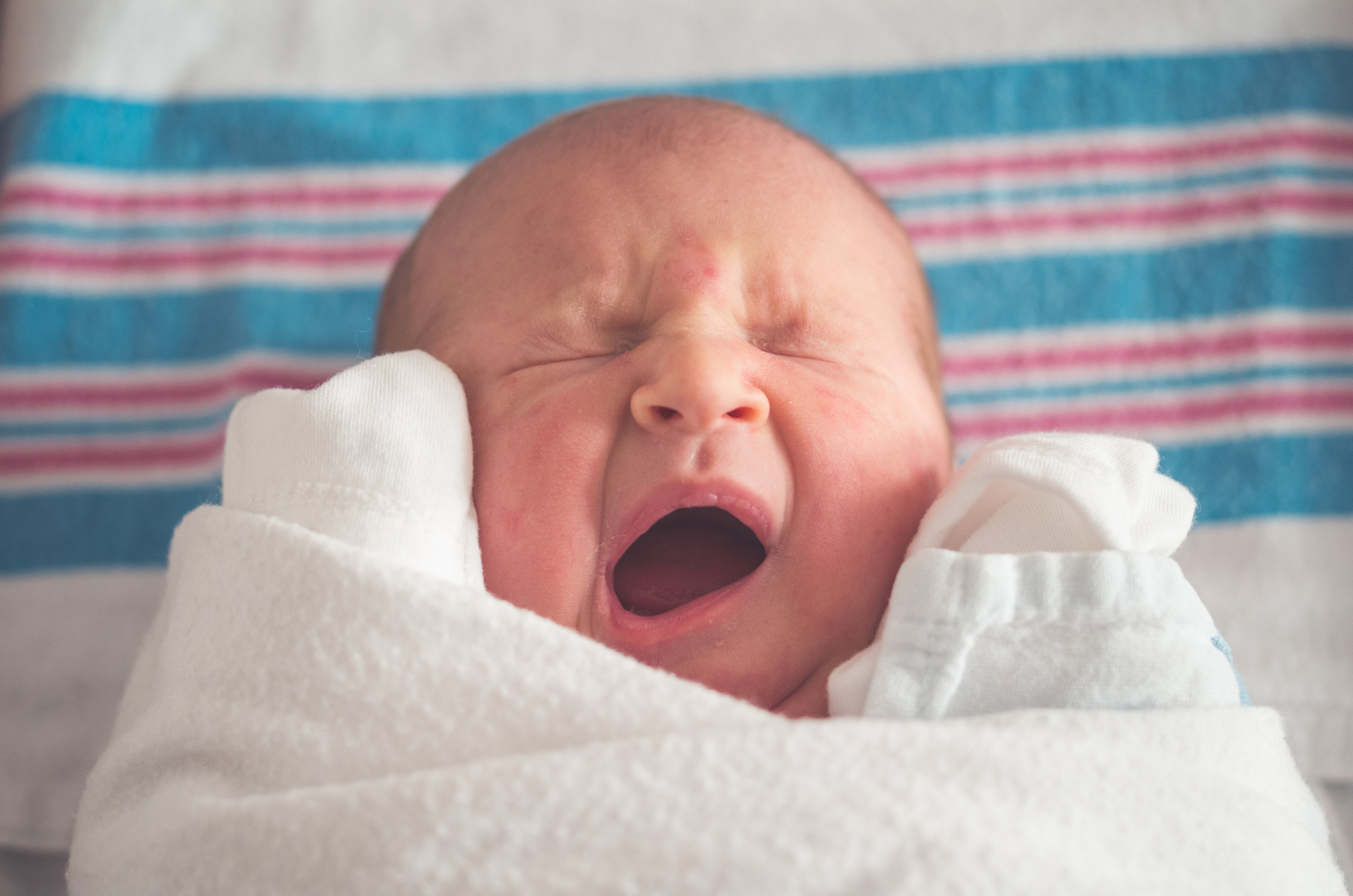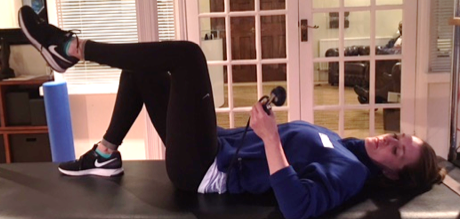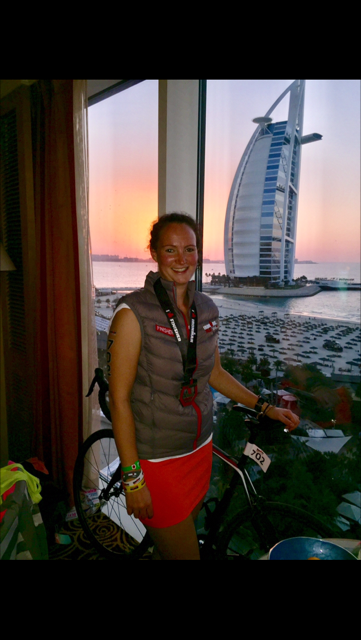Thanks to one of our patients, a local surgeon, for the following story...
Doctor 1: Middle-aged hospital consultant, late life skier. Last run, of the last day, the birthday run, ooops. Fall, ski jack-knifes; boot stays locked in….ouch…the tear is palpable. Home, Tubigrip. Crutch. Scan – full tear of medial head of calf muscle. Emergency call to The Osteopathic Clinic. “Help! I need help. It hurts and I am on-call all week. I can’t carry on like this. It’s not getting better.” Response from Paul and the clinic “Don’t worry. Just come in when you can. We will sort you out.”
Doctor 2: Late life snorkeler. Flipper gets stuck in coral. Ouch the tearing pain is palpable. Scan – severe Achilles strain almost complete tear. Tubigrip and walking stick.
Doctor 1 and 2 meet each other, a couple of weeks later by chance at the hospital where they both work. They smile painfully at each other and compare notes about the injury, the crutch, the stick and the Tubigrip. They talk about which exercises to do.
Doctor 1 says to Doctor 2 “Go and see my osteopath. He will get us back on our feet quicker than you and I will buy our own Tubigrips and exercises!”
So here I am, Doctor 1. Having had a couple of weeks of misery at trying to get better with the conventional advice from colleagues (orthopedic surgeons, radiologists and rheumatologists), I literally cried for help and got it.
The Osteopathic Clinic, Paul and his team, were immediately sensitive to the physical and psychological pain and suffering that I was experiencing. Straight away Paul with his holistic approach, based upon a wealth of experience and profoundly sound anatomical and physiological knowledge, started to work upon my recovery. It was clear to me, of a similar scientifically analytical mind, that his knowledge and how he put it into his evidence-based clinical practice would benefit me. Needless to say, he discarded the Tubigrip and crutch swiftly and had me up and around quicker than I would have done so with anyone else. However, this was backed-up by a rigorous programme of personally tailored exercises. Not only was I physically getting better, but also my despairing mind and emotions were being dispelled.
The approach of his contemporary, scientifically sound evidence-based therapy with his fundamental high quality osteopathic skills, have got both myself and Doctor 2 back fully on our feet. His step-wise use of multimodality state-of-the-art techniques, not only the ultrasound machine, but also laser and last by no means least (the best I would say) Shock Wave Therapy have I believe undoubtedly fast-tracked my progress to a whole and complete resolution. He has got me back to the tennis courts in time for this year’s beautiful English summer with the family. He has made me stronger in my body and also given me the vision and targets to keep my body strong and stable for the future…..ski-ing next year please Paul?!
Thank you Paul and The OC! Don’t go anywhere. We need you.
A post shared by The Osteopathic Clinic (@theosteopathcliniccroydon) on Mar 10, 2017 at 11:22am PST







 'My baby is suffering from colic, what to do?'
It has now been few days or even weeks that you have welcomed your baby into the world, however, you've noticed that your infant cries regularly.
'My baby is suffering from colic, what to do?'
It has now been few days or even weeks that you have welcomed your baby into the world, however, you've noticed that your infant cries regularly.



